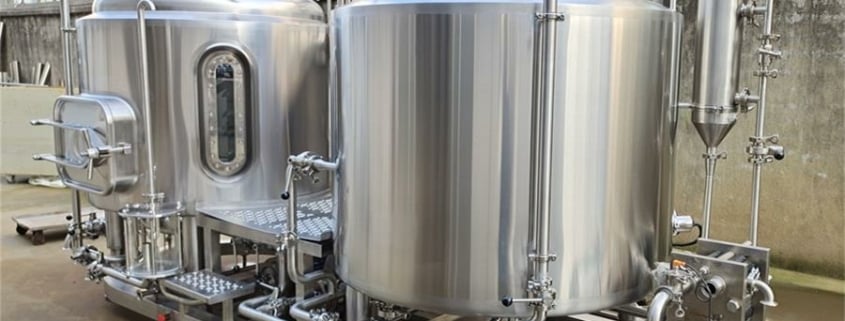Best 3 Vessel Brewing Systems for Homebrewers
Brewing your own beer is like crafting a story, and the equipment you choose is the pen that writes it. Among the many options, the 3 vessel brewing system stands out as the gold standard for both passionate homebrewers and commercial breweries. But what exactly is it? How does it compare to other systems? And why is it often hailed as the brewer’s best friend? Let’s dive in and explore this in detail.
What is a 3 Vessel Brewing System?
At its core, a 3 vessel brewing system is a brewing setup that uses three separate containers, each with its own dedicated function. These vessels typically include:
- Hot Liquor Tank (HLT): This vessel holds and heats the water used for mashing and sparging.
- Mash Tun: This is where grains and hot water mix, converting starches into fermentable sugars.
- Boil Kettle: After mashing, the sweet liquid (wort) is boiled here, usually with hops added for flavor and aroma.
This system allows the brewer to perform multiple brewing steps simultaneously, creating an efficient and smooth process. Unlike single-vessel or two-vessel systems, the 3 vessel brewing system keeps everything flowing with minimal interruption, much like a well-conducted orchestra.
The 3 vessel brewing system isn’t just for pros. Many advanced homebrewers also invest in this setup for its flexibility, precision, and control over each brewing stage. It’s a bit like having separate kitchen stations when cooking a complex meal – everything is where you need it, exactly when you need it.
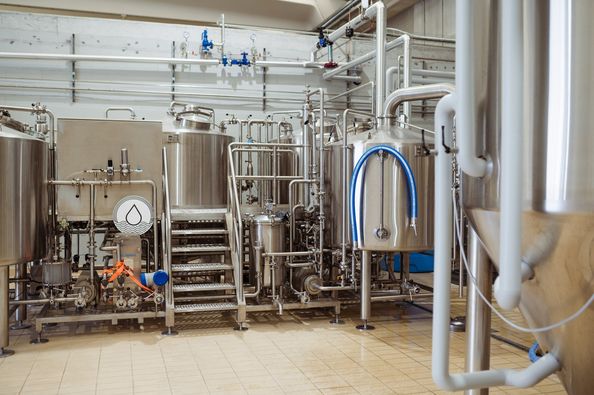
3 Vessel Brewing Process: How It Works Step-by-Step
So, how does a 3 vessel brewing system process actually unfold? Let’s walk through each stage like you’re brewing your first batch.
Heating Water in the Hot Liquor Tank
First, you start by heating water in the Hot Liquor Tank (HLT). This water isn’t just for the mash; you’ll also use it later for sparging – basically rinsing the grains to extract more sugars.
Mashing in the Mash Tun
Once the water reaches the desired temperature, you transfer it to the Mash Tun where it meets the crushed grains. This step is where magic happens: enzymes break down starches into sugars, creating the sweet wort that will eventually become beer.
Sparging for Maximum Sugar Extraction
After mashing, you’ll perform a sparge by gently sprinkling additional hot water over the grains to wash out remaining sugars. The 3 vessel system shines here because you can easily control temperatures and flow rates across the vessels.
Boiling in the Boil Kettle
Next, the wort is moved to the Boil Kettle, where it’s boiled for sterilization and to extract flavors and bitterness from hops. Boiling typically lasts around 60 minutes but can vary depending on the beer style.
Cooling and Fermentation
After boiling, the wort must be cooled quickly to avoid contamination and prepare it for yeast. The cooled wort is then transferred to a fermenter where the yeast gets to work converting sugars into alcohol and carbon dioxide.
Advantages of a 3 Vessel Brewing System
Why do so many brewers swear by the 3 vessel brewing system? Let’s unpack the main advantages in detail.
Enhanced Control Over Brewing Variables
Unlike simpler systems, a 3 vessel setup gives you precise control over every step. You can independently manage water temperatures, mash rest periods, sparging rates, and boil intensity. This fine-tuned control means more consistent results batch after batch.
Greater Batch Sizes and Scalability
A 3 vessel brewing system typically supports larger batch sizes compared to all-in-one or two-vessel setups. It’s like moving from cooking a family dinner to catering for a party. You can brew more beer in a single session, which is ideal for growing operations.
Improved Efficiency and Sugar Extraction
Thanks to dedicated vessels, you can achieve higher mash efficiency – meaning you extract more sugars from your grains. This efficiency translates to more beer for the same amount of ingredients, ultimately saving money in the long run.
Better Quality Control
When each stage has its own space, it’s easier to identify and fix potential issues. For instance, if your mash temperature is off, you can address it immediately without affecting the other steps.
Flexibility to Brew Various Beer Styles
With the ability to fine-tune each phase, you can confidently tackle complex recipes and diverse beer styles, from delicate lagers to hop-heavy IPAs.
3 Vessel Brewing System vs. Other Systems: A Detailed Comparison
Brewing systems come in different shapes and sizes. Let’s see how the 3 vessel brewing system compares to other popular setups.
| Feature | 3 Vessel Brewing System | Single Vessel Brewing System | 2 Vessel Brewing System |
|---|---|---|---|
| Control Over Each Step | High | Low to Moderate | Moderate |
| Batch Size Capacity | Medium to Large | Small to Medium | Medium |
| Efficiency | Higher | Lower | Moderate |
| Brewing Time | Standard | Faster | Slightly Faster |
| Learning Curve | Moderate to High | Beginner Friendly | Moderate |
| Flexibility for Beer Styles | Very Flexible | Limited | Moderately Flexible |
| Space Requirements | Larger Footprint | Compact | Moderate Footprint |
| Equipment Cost | Higher Investment | Lower Investment | Moderate Investment |
Compared to single vessel systems, the 3 vessel brewing system offers better control, higher efficiency, and the ability to scale up batch sizes. However, it does require more space and a bigger budget.
When stacked against 2 vessel systems, the 3 vessel design adds another layer of control and flexibility, making it a better fit for serious brewers who want to experiment and fine-tune recipes.
If you’re looking for a plug-and-play system with minimal fuss, the single vessel might suit you. But if you’re aiming to produce high-quality, diverse beers with precision, the 3 vessel brewing system is undoubtedly the better choice.
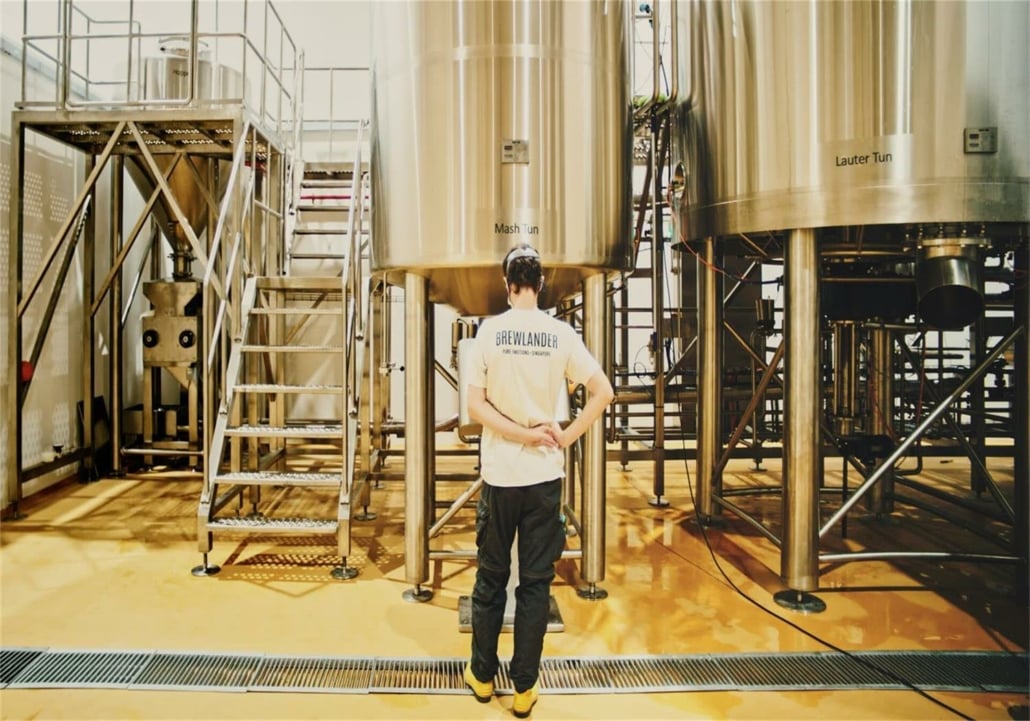
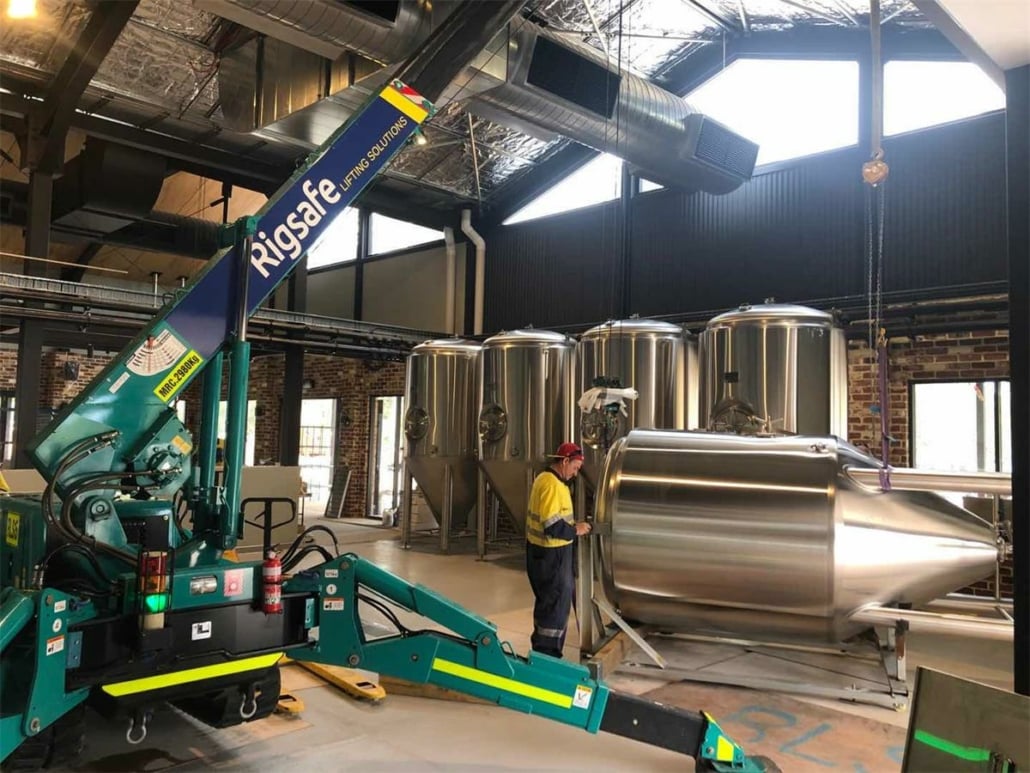
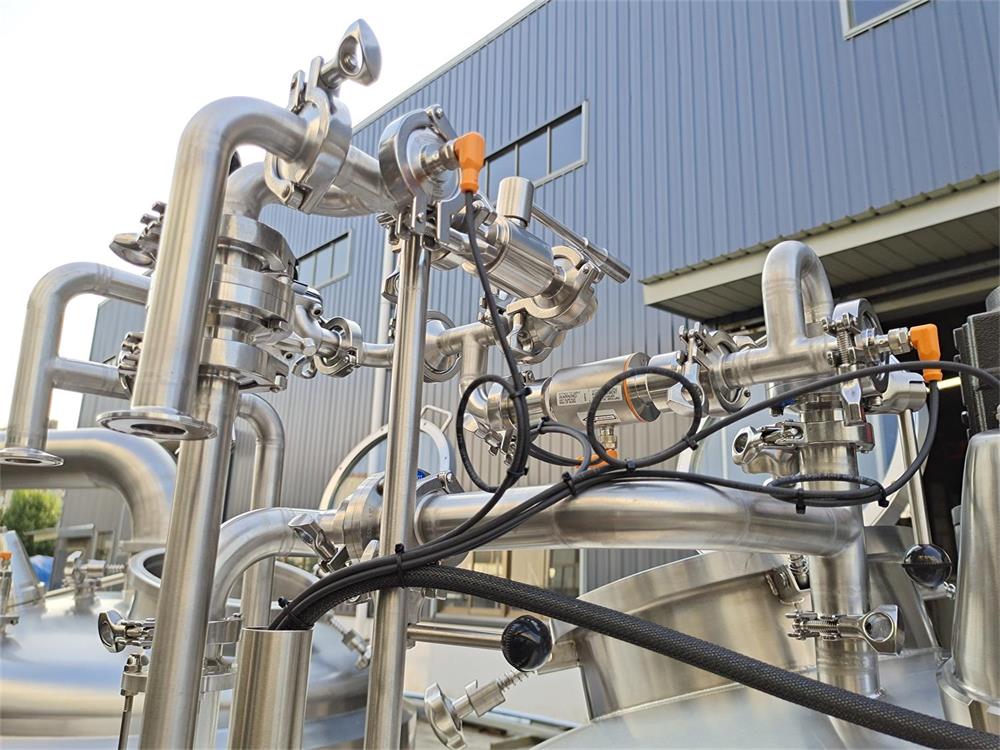

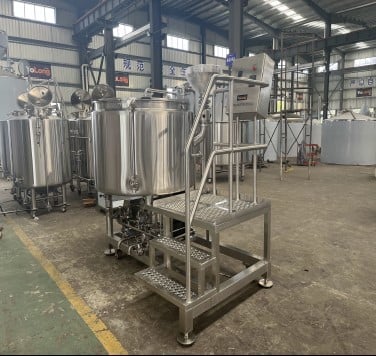
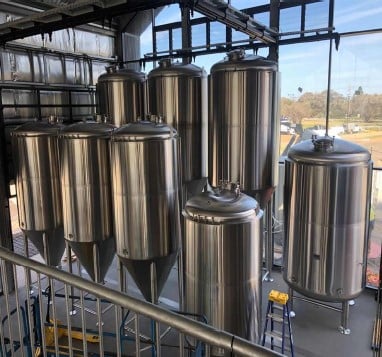
How to Choose the Right 3 Vessel Brewing System
Choosing the perfect 3 vessel brewing system can feel overwhelming with so many options on the market. Let’s break it down into digestible pieces.
Assess Your Brewing Volume Needs
Are you brewing for personal enjoyment or a small pub? Systems can range from 5 gallons for home use to several barrels for commercial brewing. Matching the system size to your production goals is key.
Consider Available Space
The 3 vessel brewing system typically requires more room than other setups. Make sure you have sufficient space not only for the equipment but also for comfortable movement and cleaning access.
Material Quality Matters
Look for stainless steel construction, which is durable, easy to clean, and resistant to corrosion. Some cheaper models may use inferior materials that won’t stand the test of time.
Manual vs. Automated Systems
Do you want full hands-on brewing or prefer the convenience of digital temperature controls and automated pumps? Manual systems offer more involvement, but automated systems can save time and reduce errors.
Budget Considerations
Prices can vary widely. Home systems might start around $1,000 to $3,000, while commercial setups can exceed $15,000. Always balance cost with quality, and consider future scalability.
Manufacturer Reputation
Check reviews, ask in brewing communities, and look for trusted brands with good customer support. Reliable equipment saves money and headaches in the long run.
| Selection Factor | Key Details |
|---|---|
| Brewing Volume | 5 gallons to several barrels |
| Space Requirements | Sufficient room for 3 large vessels |
| Material | Preferably stainless steel |
| Control Type | Manual or Automated |
| Price Range | $1,000 to $15,000+ |
| Brand Reputation | Important for reliability and support |
Maintenance and Cleaning Tips for a 3 Vessel Brewing System
Keeping your 3 vessel brewing system in tip-top shape isn’t just good practice – it’s essential for producing great beer. A dirty system can ruin batches and shorten equipment life.
Clean Immediately After Each Brew
It’s best to clean your vessels while everything is still warm, as residue comes off more easily. Delaying cleaning can lead to hardened grime that’s a pain to scrub off later.
Use Proper Cleaning Agents
Mild, non-corrosive cleaners like PBW (Powdered Brewery Wash) are ideal. Avoid household soaps that can leave residues or affect flavors.
Inspect Seals and Connections Regularly
Over time, seals can crack, and fittings can loosen. Regular checks prevent leaks and ensure the system stays airtight where it should.
Sanitize Before Brewing
While cleaning removes debris, sanitizing kills bacteria. Always sanitize your equipment right before each brew day to ensure a contamination-free environment.
Don’t Neglect Hoses and Valves
These smaller components are often overlooked but can harbor gunk and bacteria if not properly cleaned.
| Maintenance Task | Best Practices |
|---|---|
| Post-Brew Cleaning | Clean while warm |
| Cleaning Agents | Use brewery-specific cleaners |
| Regular Inspections | Check seals and connections |
| Pre-Brew Sanitizing | Always sanitize before brewing |
| Hoses and Valves | Clean thoroughly and regularly |
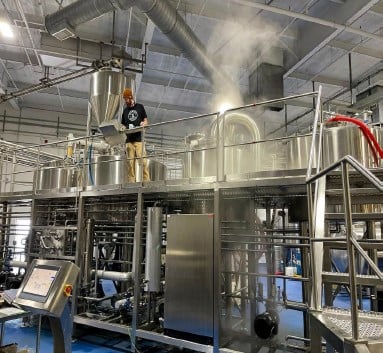
FAQ
| Question | Answer |
|---|---|
| Is a 3 vessel brewing system good for beginners? | It’s better suited for intermediate to advanced brewers, but passionate beginners can learn it with dedication. |
| How much space does a 3 vessel brewing system need? | It depends on the batch size, but generally, you need enough room for three sizable tanks plus maneuvering space. |
| Can I upgrade from a single vessel to a 3 vessel system? | Absolutely! Many brewers start simple and upgrade as they gain experience and brewing ambitions grow. |
| What is the lifespan of a 3 vessel brewing system? | With proper care and stainless steel construction, a system can last 10-20 years or more. |
| Are automated 3 vessel systems worth the cost? | If you value time savings, precision, and reduced manual labor, they can be a great investment. |

